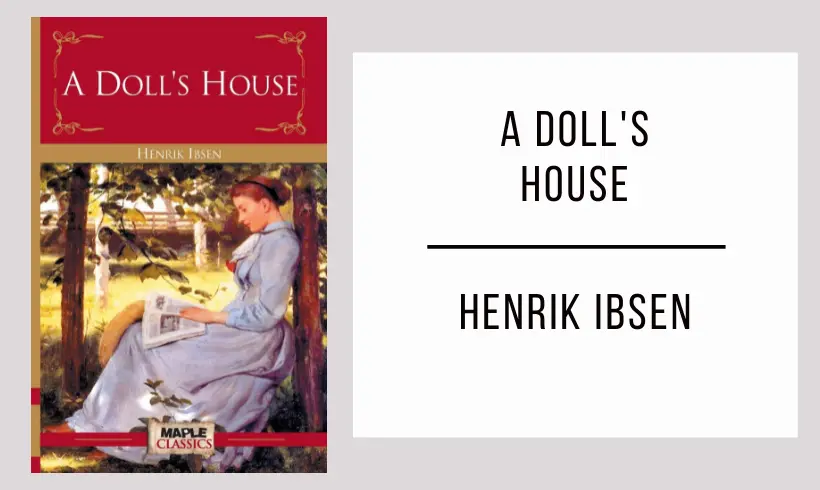“Doll’s House” is a classic by Henrik Ibsen that will transport you to a world of intrigues and revelations. Discover the hidden secrets behind its captivating characters and immerse yourself in a story that challenges social conventions.
Download a free PDF copy of “Doll’s House” now and delve into this gripping drama. Explore the story of Nora, a woman in search of her own identity in an oppressive environment.
Don’t miss the opportunity to immerse yourself in the work that has left an indelible mark on literature. “Doll’s House” invites you to awaken your emotions, reflect on the human condition, and enjoy an unforgettable read.
A Doll’s House in PDF
*Wait a few seconds for the document to load, the time may vary depending on your internet connection. If you prefer, you can download the file by clicking on the link below.
Loading fileInformation A Doll’s House
- Author: Henrik Ibsen.
- Publication Date: 1879.
- Main Characters:
- Nora Helmer: A married woman struggling to break free from the traditional expectations and roles imposed by society.
- Torvald Helmer: Nora’s husband, who represents the dominant and conservative male figure.
- Krogstad: A bank employee who threatens to reveal a secret about Nora.
- Mrs. Linde: A friend of Nora’s who seeks economic and emotional stability.
- Dr. Rank: A family friend of the Helmers who is suffering from a terminal illness.
- Brief Summary: “A Doll’s House” tells the story of Nora, a woman living in apparent marital bliss. However, as secrets and conflicts unfold, Nora confronts the reality of her situation and decides to take control of her own life.
- Thematic Analysis: “A Doll’s House” explores themes such as the oppression of gender roles, economic dependency, the search for identity, and the importance of individual autonomy.
- Historical Context: “A Doll’s House” was written by Henrik Ibsen during the realist movement in literature, which aimed to portray society and social issues in a more realistic and critical manner. The play was controversial in its time due to its exploration of taboo subjects and its challenge to the social norms of the Victorian era.






